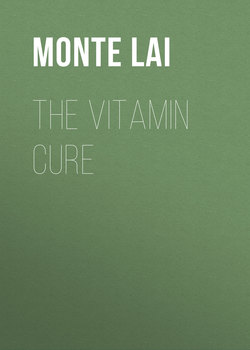Читать книгу The Vitamin Cure - Monte Lai - Страница 20
На сайте Литреса книга снята с продажи.
11 VITAMIN D (SUNSHINE VITAMIN)
ОглавлениеVitamin D is also known as the sunshine vitamin. The history of vitamin D is associated with rickets. In the late 17th century, Dutch physicians noticed the prevalence of rickets, a condition characterized by bent and deformed bones and enlarged joints in the hands and feet. In severe cases, patients with rickets had difficulty breathing. In the mid-19th century, many countries in Europe were in the midst of the Industrial Revolution, during which factory buildings were widespread and an abundance of coal was burned in public places as well as in houses for cooking and heating. Severe air pollution often blocked ultraviolet light from the sun’s rays. In addition, many Europeans worked in sweatshops devoid of sunlight. Rickets became an epidemic.
From the 19th to 20th centuries, there were several major breakthroughs in research on rickets. These included the discovery that city dwellers were more likely to be afflicted by the disease compared to people who lived in the countryside, that the lack of sun exposure caused it, and that fish liver oil could cure it. In 1922, Elmer McCollum confirmed that the lipid-soluble substance in fish liver oil that cured rickets was not vitamin A but an unknown substance he named vitamin D. In 1936, Adolf Windaus confirmed that the chemical structure of vitamin D was calciferol.
Upon sun exposure, human skin produces vitamin D. Strictly speaking, the body produces vitamin D; therefore, vitamin D is not an essential nutrient. Nevertheless, vitamin D produced by the skin is not sufficient for the needs of most people. Intake from foods or supplementation is necessary to ensure optimal health. Vitamin D produced by the skin or from foods is activated in the liver to produce 25-hydroxyvitamin D. Also known as “25(OH)D,” 25-hydroxyvitamin D is the major circulating form of vitamin D in the bloodstream, and it is commonly used to assess the blood level of vitamin D. It in turn is further activated in the kidneys to become 1,25-hydroxyvitamin D, the active form of vitamin D, which is involved in hundreds of gene expressions and numerous physiological functions.
